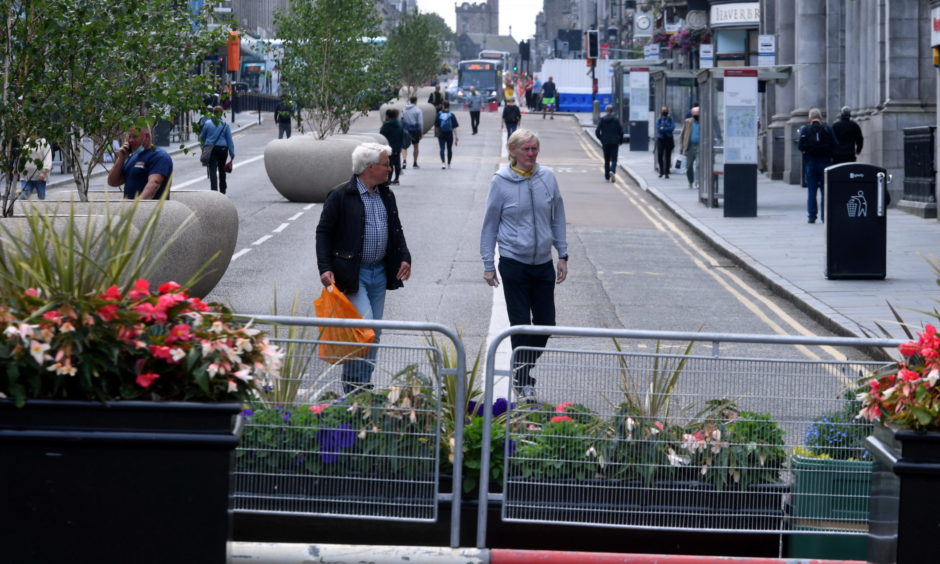Men and young people are less likely to follow coronavirus guidelines, new research has revealed.
According to scientists at Aberdeen University, the health campaign issued by the government to reduce the spread of Covid needs to target specific groups of people to be more efficient.
The team from the university’s Institute of Applied Health Sciences has found that some groups of people – specifically men and young people – are more likely to break the Covid rules known as Facts.
The findings are part of a nationwide Covid Health and Adherence Research in Scotland (CHARIS) project, which was launched in June last year.
-
Nicola Sturgeon: ‘I want this lockdown to be Scotland’s last’
-
Regional Breakdown: Three Covid deaths in Highlands as test positivity rate reaches lowest point since October
-
Covid vaccine: More than 160,000 people in north and north-east have received first vaccine dose
Thousands of Scottish volunteers have been interviewed as part of the project to establish whether people are adhering to the guidance which require people to maintain a two-metre distance, wear face coverings and wash hands regularly.
Preliminary data shows that, in general, the preventative measures are being followed by the majority of adults living in Scotland.
However, Professor Diane Dixon explained that a more “targeted” campaign can be beneficial.

She said: “These initial results are encouraging in the sense that the majority of people in Scotland are adhering to the behaviours designed to protect ourselves and others from Covid-19.
“However, our work also found that there are groups of people – men and young people, for whom this behaviour change may be proving more difficult.
“Although preliminary at this stage, it does suggest that these groups may benefit from more targetted campaigns and messaging to promote this behaviour change.”
The team has also developed a new way to measure whether people are following the guidance – the adherence scale, which is expected to be adopted by researchers all over the world.
Reminder of FACTS campaign:
-
Face coverings must be worn in shops, on public transport and in enclosed spaces
-
Avoid crowded places
-
Clean your hands regularly and thoroughly as well as hard surfaces before or after you have touched them
-
Two-metre distancing
-
Self-isolate and book a test if you have any symptoms
Dr Chatnal den Daas, who devised the scale, has established that people who adhere to one of the rules are likely to follow all three points of the guidelines.
She added: “We already know from previous public health campaigns around healthy living and disease prevention that behaviour change can be difficult, even when we know it is for our benefit.
“To halt the transmission of the coronavirus the government has asked the people of Scotland to change radically the way they live their daily lives.
“The Facts behaviours are important not only for the containment of the Covid-19 – if they become automatic to us all they might protect against other infectious diseases including influenza and the common cold.”
In another part of the work, Professor Marie Johnston found that handwashing, physical distancing and wearing face coverings were quickly becoming habit for most people.
She further explained that establishing a behaviour as a “habit” is the best way to ensure that it becomes an automatic part of daily routine.
Health Secretary Jeane Freeman welcomed the research and added: “We welcome the fact that the majority of people are following the rules and this research will help inform the Scottish Government’s approach when asking the public to stick with it in our ongoing effort to suppress this virus.
“Following the restrictions is one of three keyways we are working to beat this virus along with our expanded testing programme to identify cases and break chains of transmission and of course the ongoing vaccination programme.
“All these measures work to greatest effect when they are implemented together.”











